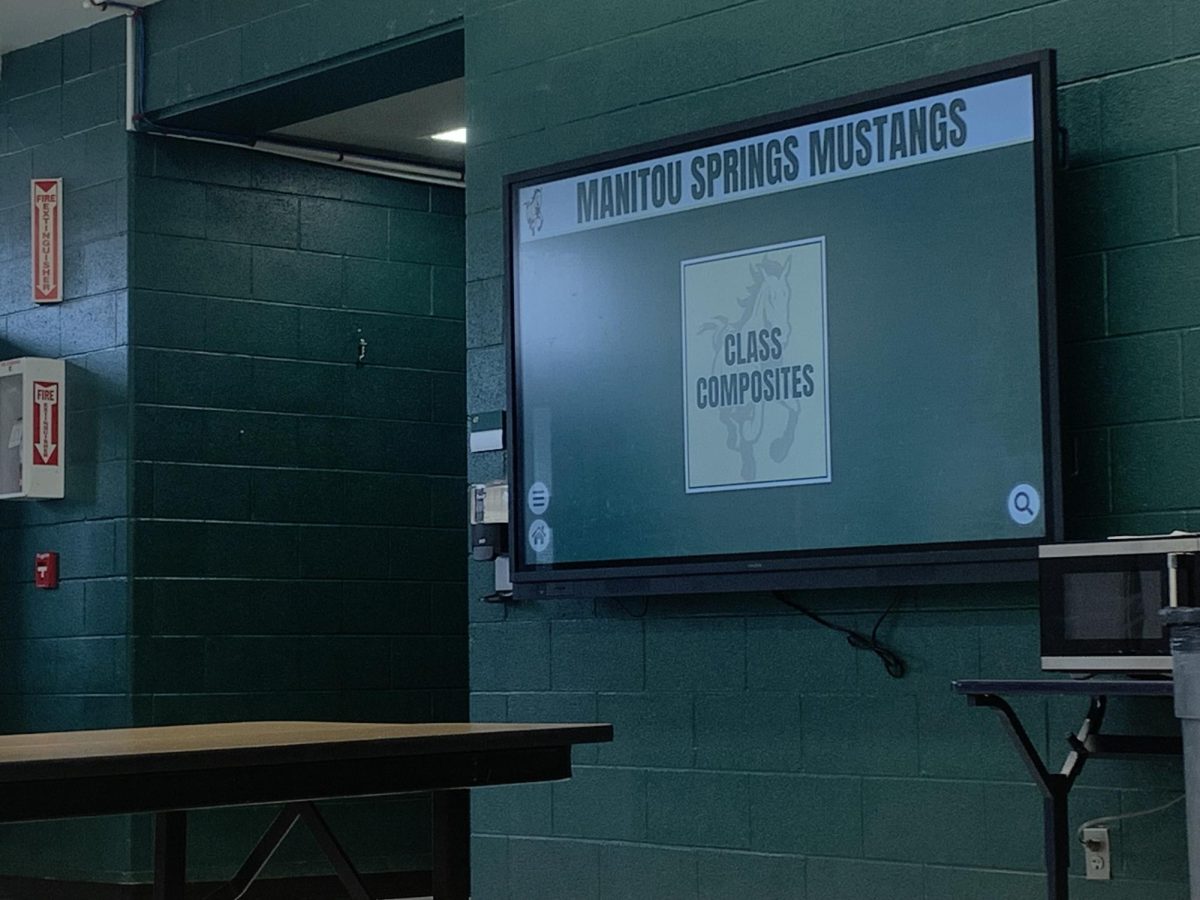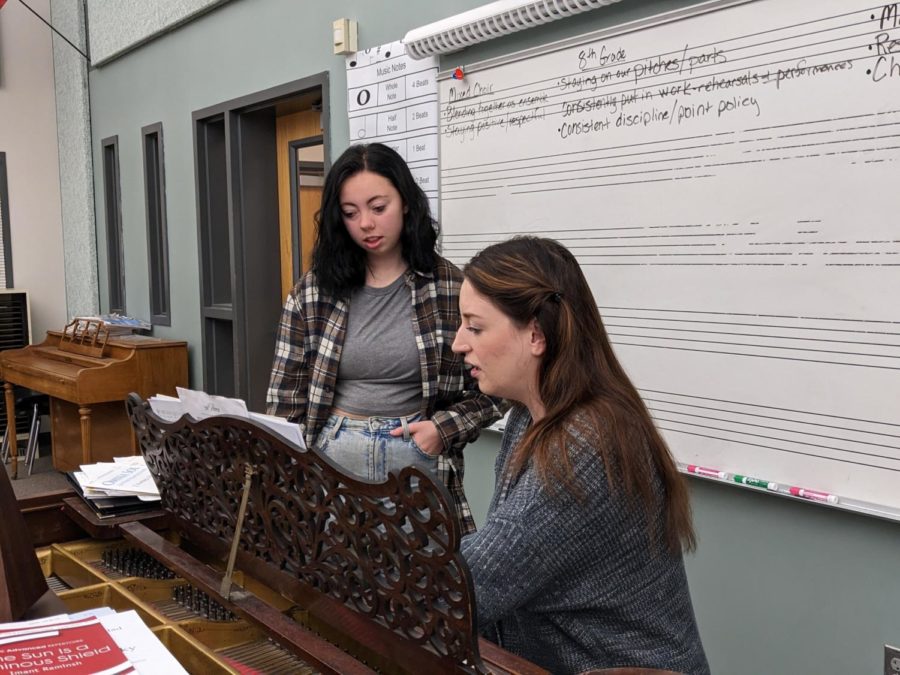One thing that preoccupies the thoughts of many students throughout their entire high school career is what college they are going to attend after they graduate. Some students even think about what they want to major in during high school. They leave high school knowing what they want to major in, but some students have no idea. In my case, I don’t know what I want to major in. But whether students know or they don’t, they will need to pick where they are going to attend.
When deciding on where you want to go, there are a multitude of things that influence your decision including cost, academic opportunities, and location. When deciding though these factors you also have to decide if you want to attend a state or community college, or a private university. I am going to talk about the pros and cons of going to a community college.
While four year universities often come with prestige and unique opportunities, community colleges offer cheaper tuition and flexibility. A significant advantage of community colleges is cheaper tuition. Four year universities can cost upwards of $40,000 per year, whereas community colleges charge an average of $3,800 annually. Because of the lower tuition cost it makes it less likely for students to accumulate massive amounts of debt. This allows them to focus more on their careers and graduating rather than worrying about paying off their student loans. Community colleges also offer a range of flexible options, including part-time enrollment, evening classes, and online enrollment. This is a great option for students who need to work or have family obligations for other times of the day. Four year universities on the other hand tend to have more rigid schedules and require full-time attendance, which can be challenging for some students.
Another advantage of community colleges is that they generally have more accessible admissions policies compared to highly competitive four year universities. Students who may not have the highest GPA or standardized test scores can use community college as a stepping stone to improve their academic record before transferring to a four year university.
Although community college seems like it has all these benefits there are also some drawbacks. One disadvantage is network opportunities. Four year universities often have strong alumni networks and well-established relationships with prestigious companies. This can allow graduates to get a leg up in the job market. Community colleges may not offer the same level of networking opportunities, making it more challenging for students to connect with professionals in their field.
Another possible disadvantage is housing. I know that Pikes Peak State College in particular does not have housing, so you would either need to rent with someone else or live with your parents for the time being if you are a recently graduated high schooler. This could be a disadvantage because then you would need to sign a lease rather than staying on campus. This also means that you would need transportation to get to campus, like a bike or a car.
Choosing between a community college and a four year university is a personal decision that depends on a student’s financial situation, academic goals, and what kind of college experience they want to have. Community colleges offer an affordable and flexible pathway to a degree, reducing the burden of student debt and offering opportunities for academic growth. However, four year universities offer prestige, networking opportunities, and a more immersive college experience that students find valuable.
Ultimately, students must weigh the pros and cons of all their options and decide what is best for their long-term career goals. For students who prioritize affordability and flexibility, starting at a state or community college would be a smart move. For students who want a more traditional college experience, a private university might be worth the investment.






































